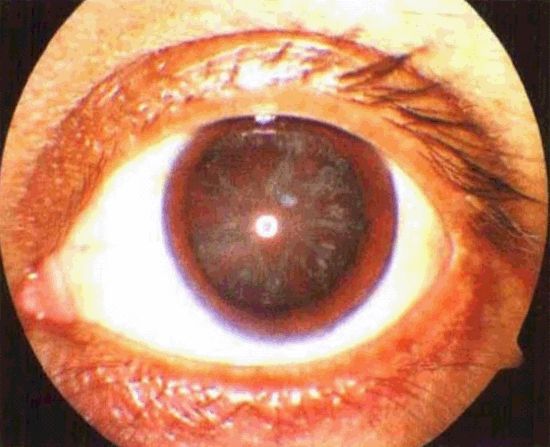Chronic Open-Angle Glaucoma is a very common condition affecting about millions of people. It can be successfully treated with nutrition, acupuncture and Chinese medicine. In chronic open-angle glaucoma, the intraocular pressure (IOP) gradually increases because the eye’s drainage canals have gradually become congested. This build-up of fluid in the eyes can eventually damage the retina and optic nerve. Early glaucoma can be easily detected with regular eye exams.

Glaucoma
In the early stages, the person will usually be unaware of increasing IOP. Often, by the time open-angle glaucoma progresses, some vision loss may be present whereas conventional medicine will usually recommend eye drops.
The drops are used to lower the IOP in an attempt to keep the eye pressure down. The objective of the medication is to lower the IOP as to not cause damage to the optic nerve or retina and, thus, preserve vision. Many patients using these eye drops report that the drops burn and irritate their eyes and causing blurry vision. So conventional medicine offers a solution to lower the IOP, where the side-effects of the medication may be decreased vision.
The TCM classics say that in most cases chronic open angle glaucoma falls under liver-kidney yin deficiency with liver yang rising. Acupuncture points are suggested to sedate the liver and stomach channels. In my experience, this is most often the correct treatment for acute closed-angle glaucoma, NOT chronic open-angle glaucoma. Of course, you will always want to do your TCM evaluation (tongue, pulse, four-pillar, etc.) to be certain of the dominant pattern. I have personally found that most cases of open-angle glaucoma are due to a weak/deficient Gall Bladder and Kidney. This pattern is often coupled with an underlying Yang weakness.
Through using the principles of Chinese medicine, we can determine the origins of most diseases. In many cases, we can help the patient recover from many forms of illness. The TCM condition(s) of vision loss should first be
distinguished with Yin-Yang theory. Looking at the Taiji Yin-Yang symbol, we can learn a lot about the nature of vision loss and how to treat it. Conditions like glaucoma and Diabetic Retinopathy will usually manifest with peripheral vision loss.
The Yin aspect of the Taiji symbol mimics a loss of peripheral vision (dark outer and bright inner); therefore, the condition must be yin dominant and yang deficient. In cases like macular degeneration where the central vision is lost, the opposite condition is present. There is brightness on the periphery and darkness in the center. This means that the condition must be of a yang nature with yin deficiency. Please take a minute to observe this as it is a very simple yet important consideration into understanding the TCM pathogenesis of central and peripheral vision loss. Once this has been determined, you can do your other TCM exams to determine the channels and organs are being most affected.

![Diseases, Symptoms, tcm, [tcmwindow.com]](/uploadFile/adImg/2015/11/11/f5cbfcc0-4df5-4646-9b9a-f316651a0199.jpg)





